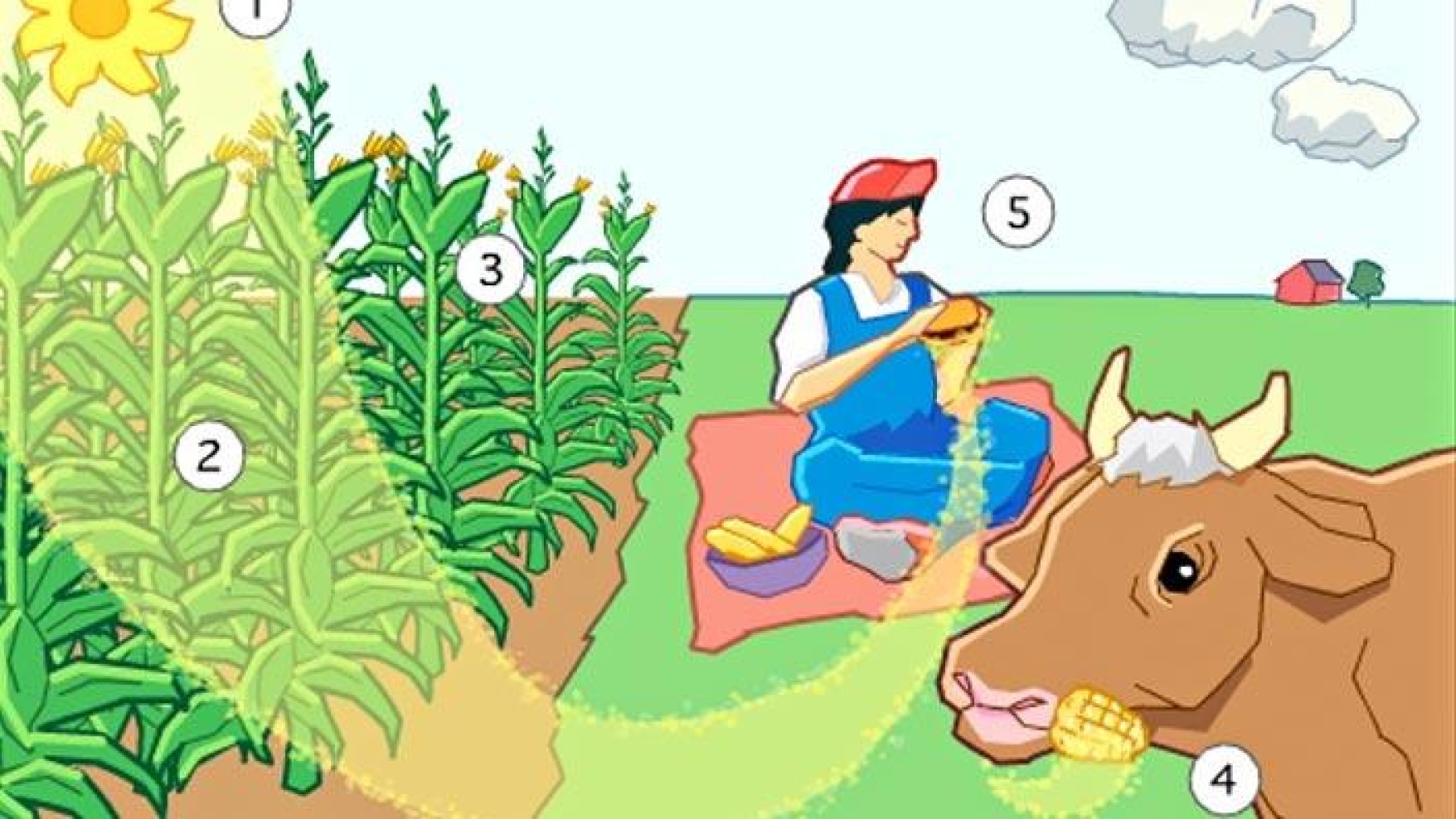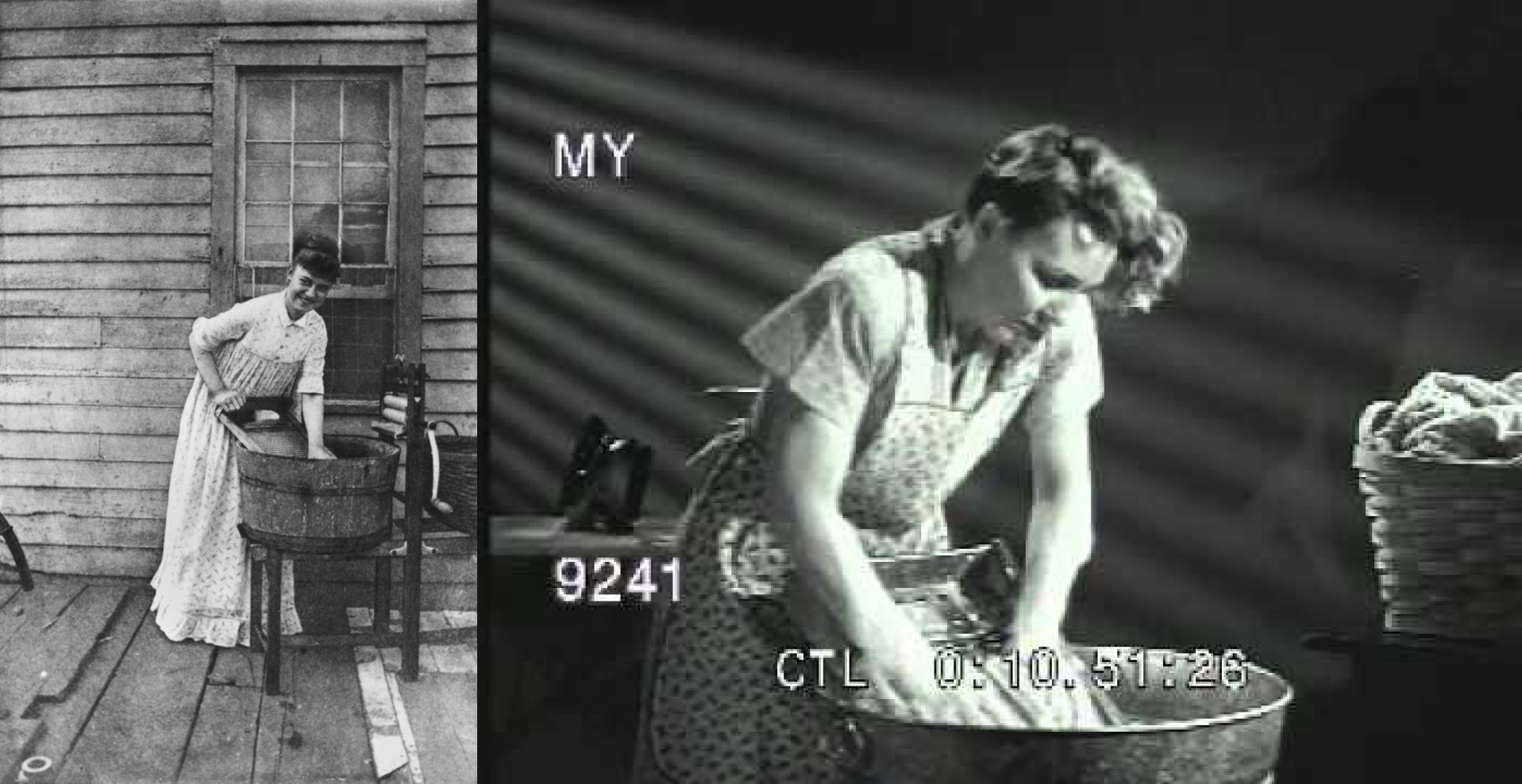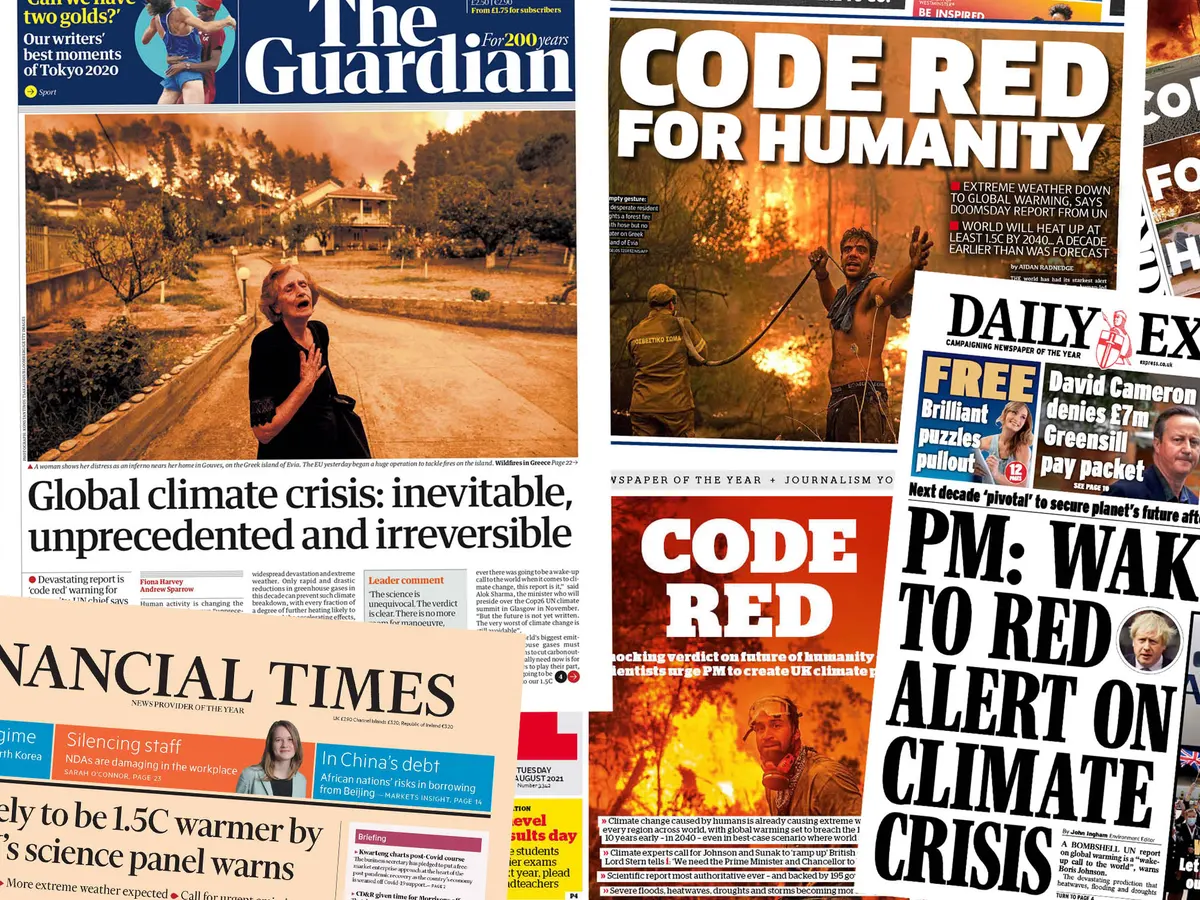What is energy and why do we need it for everything?
Let me put it to you this way: energy is the thing that allows us to do work. WHO WANTS TO DO WORK, FR? But the truth is, without energy, we wouldn’t be able to do anything. For example, energy from food lets me walk around. Energy from gasoline lets a car drive around (I prefer electric, but you get the point). Every living thing or machine needs energy.
Most of the energy on our planet comes from the huge nuclear reactor in the sky we call the sun. To understand things better we have to talk about energy conservation or how we get the sun’s energy to fulfill its highest purpose: power our binge watching habits on Netflix.

What the hell is energy conservation?
We all know “energy cannot be created nor destroyed” from our high school science class. But what does it mean?
It means that energy can only be converted from one form to another. For example, plants and trees get their energy directly from the sun and create their own food (pretty cool). Herbivores eat those plants and steal their energy. Carnivores eat herbivores and steal their energy. And bacteria in soil eat the dead bodies of animals, and the cycle continues. This whole process is more commonly known as “the food chain”, which seems like it’s all about who eats what, but it’s really about transferring energy from one plant or animal to another.

But one species of animal, HUMANS, changed everything.
Evolution of energy
For thousands of years, humans had to plant and harvest their food, wash dirty clothes and grind wheat and coffee with our own hands. That was super boring and required a ton of time and, you guessed it, energy (work). But one day someone said, “Wait a second, why should I wash these dirty clothes when I can get someone or something else to do it for me?”

People started realizing that using something else to do their boring chores would give them time to do more fun stuff. We started using animals and eventually created machines to make our lives easier.
One little problem: machines cannot create their own energy or get energy from eating animals or plants, so we have to provide them with it.
For a long time we used machines powered by wind, water or burning wood. Ancient Egyptians were using wind energy to sail on their boats. In the 9th century, Persians used windmills, which harnessed the wind’s energy to grind wheat into flour. Two thousand years ago, the Greeks used water mills to grind stuff as well. All of these technologies were cool and made human's lives less boring, but none of them had the impact the steam engine had. After the invention of the steam engine in 1712, big factories (which made a lot more things than a group of people working by hand could) became possible. This was called the Industrial Revolution, and that’s when we really started our addiction to fossil fuels. Fun fact: fossil fuels are decayed plants and animals that died hundreds of millions of years ago but still retain energy.
How use of energy affects the climate
Since the Industrial Revolution we have dramatically changed our civilization. Imagine what the world would look like without factories, cars, ships and airplanes? Would avocado toasts even be a thing? Powering machines by burning stuff like coal, oil or gas has given us incredible things and has lifted a ton of people out of poverty. Buuuuut, what we didn’t anticipate at the time was that doing so releases CO2 and other greenhouse gasses in our atmosphere, which makes our planet hotter and creates a load of other ridiculous problems. Since the Industrial Revolution, the global annual temperature has increased 2 degrees fahrenheit. 🥵

Unfortunately, the reality is, we’re still using fossil fuels to warm our homes and power most of our machines today, and it’s taking a toll on our planet and on our health. Climate change is responsible for extreme droughts, wildfires, floods, tropical storms and other disasters. And according to the World Health Organization (WHO), 4.2 million people die each year from pollution caused by burning fossil fuels.
Luckily, there’s a solution to these problems, and we’ve already made some great progress.
Nuclear energy + renewables is the solution to climate change
Like I said before, we can actually capture energy from the sun, wind and water (hello solar, wind and hydropower). And a few decades ago, we also learned that we can split these tiny little things called atoms to get the energy inside of them. Enter my personal favorite: ✨nuclear fission✨. Sounds complicated, but it’s really not. Check out my previous blog about how spicy rocks create electricity.

Wind, solar, hydro and nuclear are all clean sources of energy that allow us to power machines and our homes to make our lives easier without polluting the planet with greenhouse gasses. If we can use these energy sources together, we have a great chance at stopping climate change and saving earth from further damage. And let’s be real, we all want a chance to take a deep breath of untouched smogless air. It’s time for us to wake up and smell the roses (without the particulate matter).